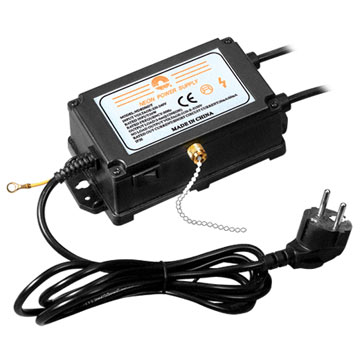I was reading some information about electronics and I have found that some neon sign transformers, if not all, have a cable that I don't understand why they are in the NST.
I put the picture to understand better the question. The cable I'm refering to is the white one. Why does this cable?

I put the picture to understand better the question. The cable I'm refering to is the white one. Why does this cable?



